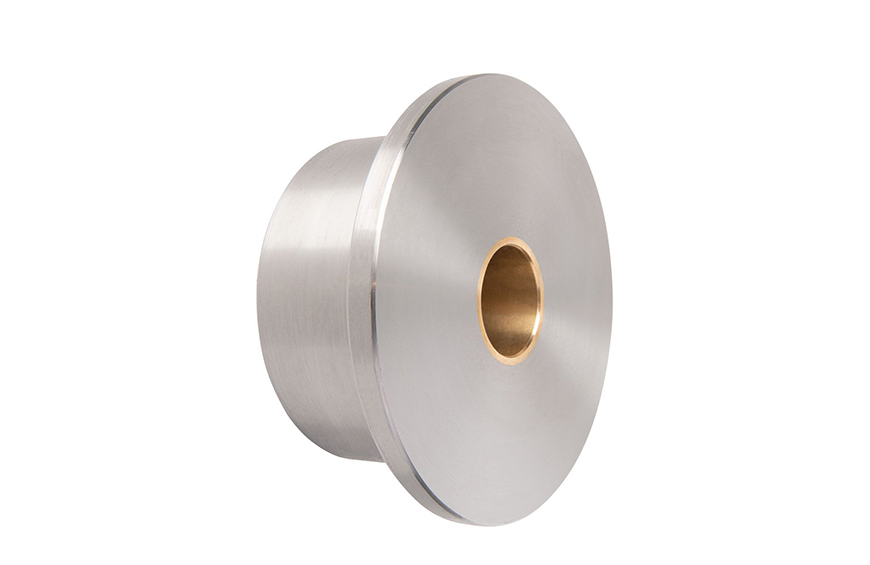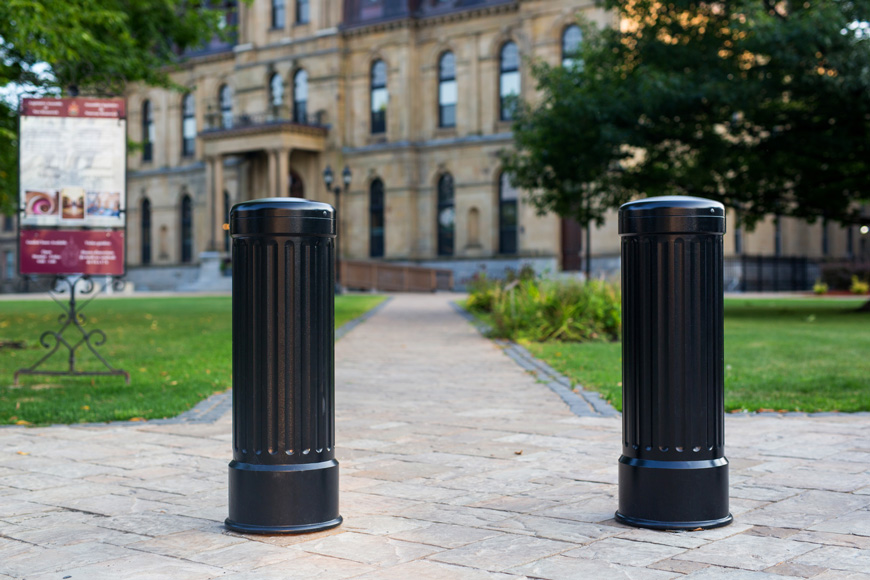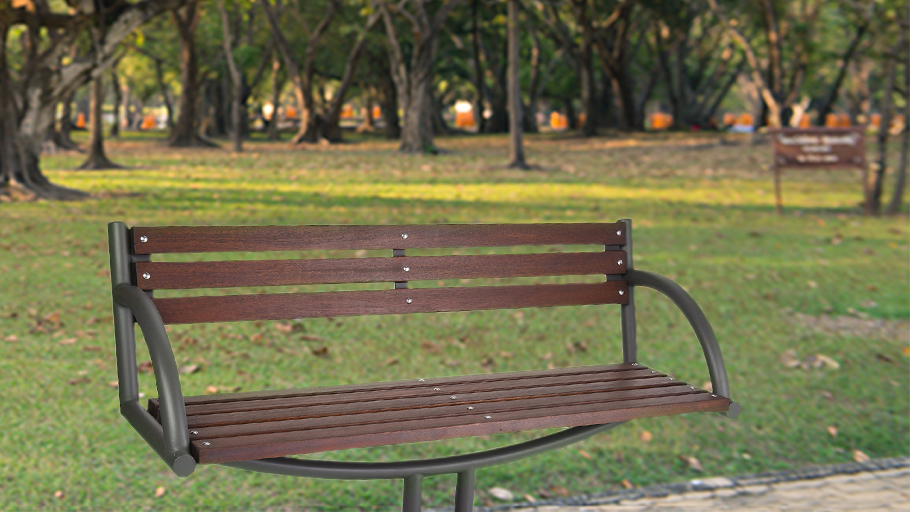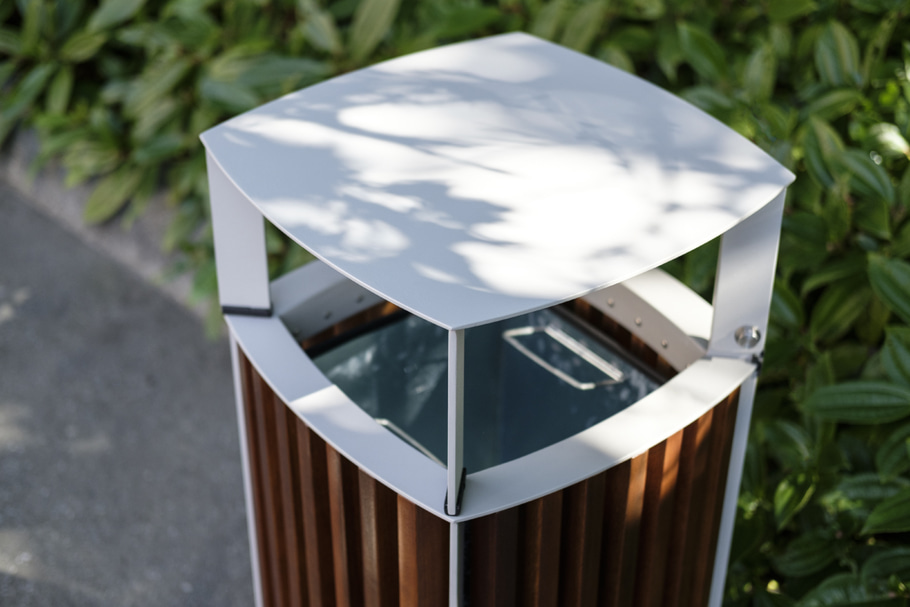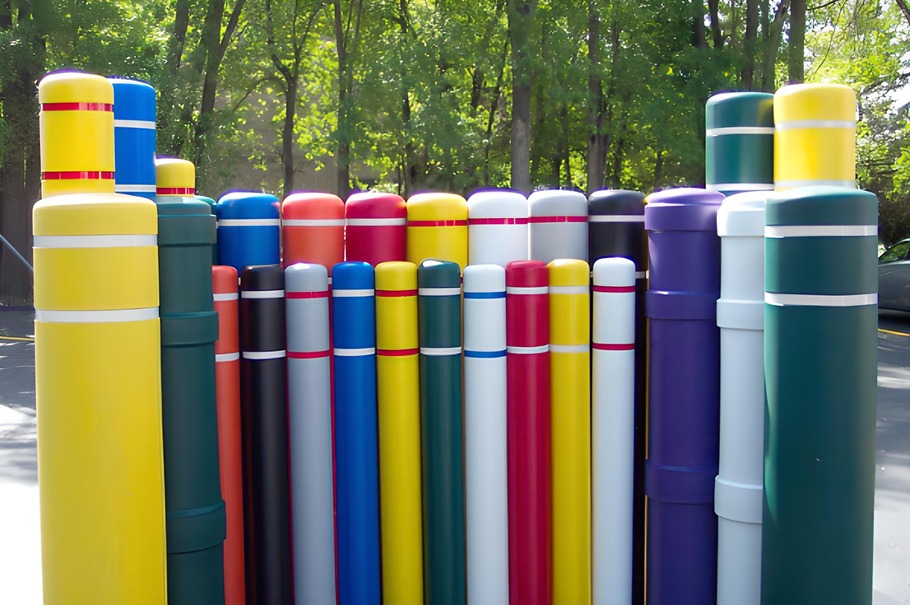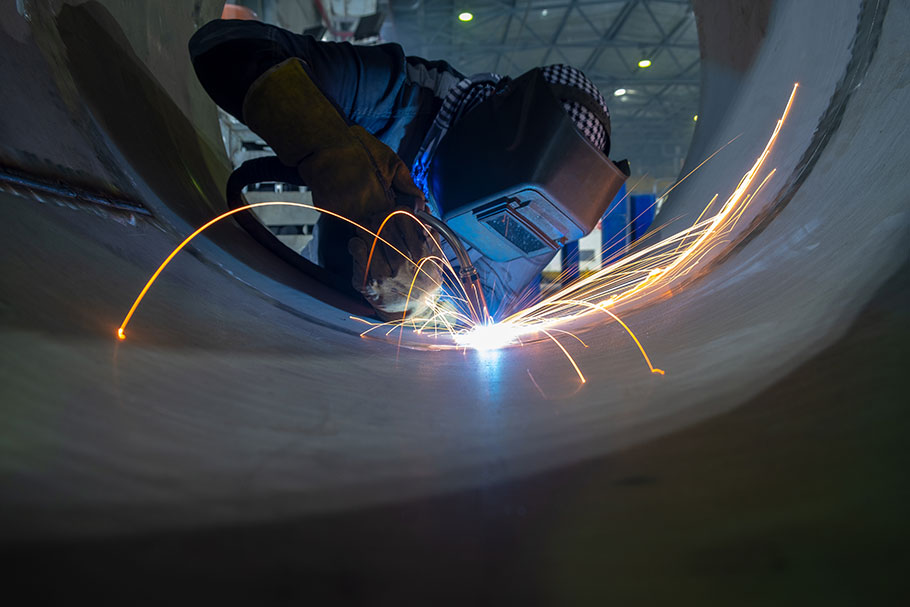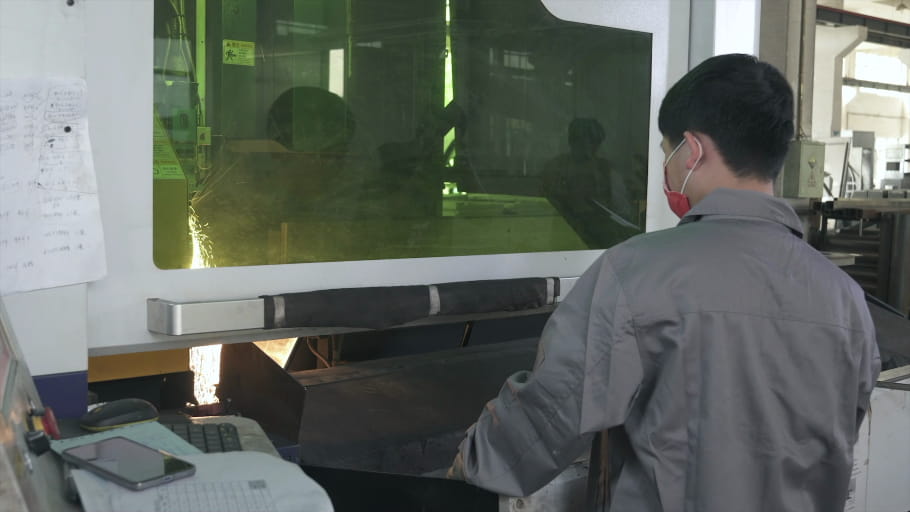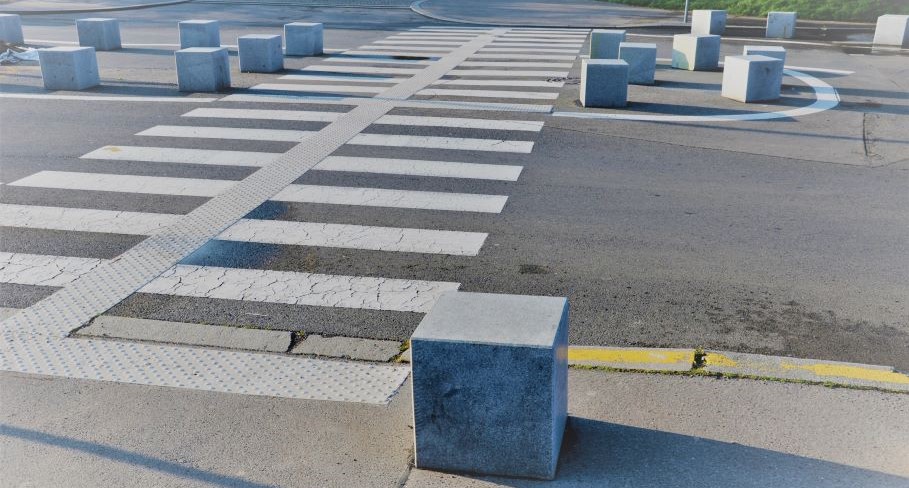Running your production on rails
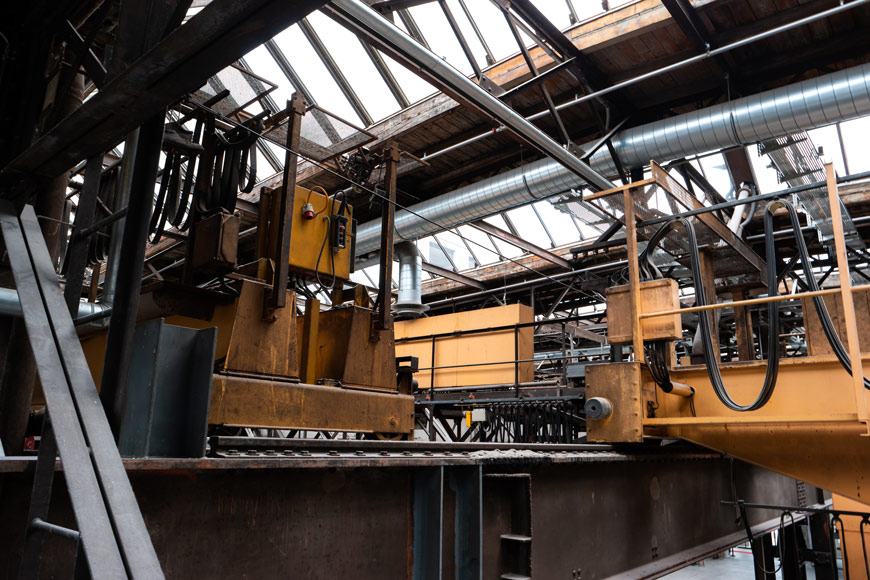
Factories, mills, and warehouses often must move materials horizontally over predictable pathways. With large loads and sporadic movement, transfer carts on rails provide efficient transport. Rails offer less friction than many other contrivances. A rail system also can run without either driver or specialized AI. It will move only along the rail and can be used to transport between stations or warehouses at a sedate pace. The operator need only worry about starting, stopping, and failsafe. Rail systems are often used for mill carriages, kiln operations, crane bay transfer systems, as heavy-load alternatives to traditional conveyers, and to move production machines around a factory. Rail systems are also used to hold large sliding doors steady as they open and close. Industrial track wheels made of steel or iron run on these rail systems. These metal wheels carry large loads safely and wear slowly over years of industrial use when properly maintained.
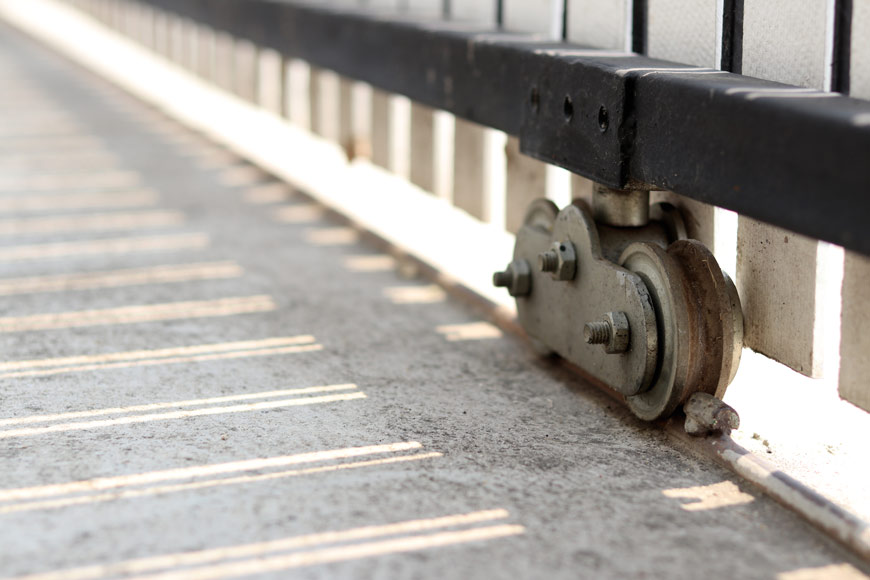
V groove wheels
V-groove industrial track wheels are like double flanged wheels, only they have a bevel on the flanges, creating a distinctive V. These wheels are made with a variety of materials, sizes, and bevels. Before they are fixed to an axel, they look a little like a yo-yo. The shape of the wheel helps it settle onto its guide. The rail or rod slips into the point of the V and is held there by both weight and slope.
V-groove wheels can run on simple rods. Sliding barn or bay doors often use this type of system. In the factory, where they might be used on hand trucks or production lines, these wheels are more likely to run on inverted angle iron tracks. These angle iron tracks are flat pieces of metal with a protruding ridge down the center, like a mountain rising from a plain. The tracks are affixed at grade, the ridges spaced for the wheel spacing of the cart or truck. The industrial track wheels sit on the top of the angle, above grade; the wheel does not contact the flat piece of the track. These systems are helpful where the rail condition may be less than ideal. With two sides hugging the rod or rail, they prevent displacement if there is a small bend in the track.
Flanged wheels
Flanged wheels offer lower friction. They run on traditional rails: in factories, these are often installed below grade, allowing the floor space to be clear. Wheeled industrial machines can pass over the same space when necessary.
The flanges often only lightly touch the rail: all the load bearing and friction is on the tread itself. Flanges are there to keep the cart on the track if jostled by shifting loads or external forces, or if there are small directional changes in the track.
Double-flanged wheels are used, like V-grooved wheels, where rails may experience warping or other less than ideal conditions. They prevent the cart from slipping on either side of a track. It is more likely to see double-flanged wheels used on rails above grade, where there is a greater chance that the rails may become less true.
Wheels vs casters
Wheels spin around a central axle, with movement only along one axis. They are one of physics’ simple machines. Casters are more complex because they can roll freely in several directions, and so are helpful for free-moving carts. Both V groove and flanged systems are usually already constrained to one axis of movement along their track or rail.
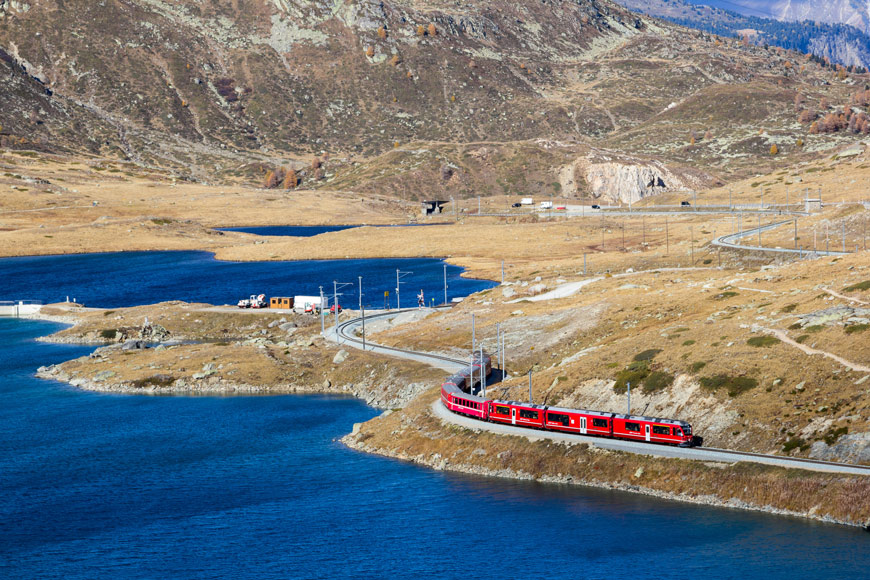
How carts, subways, and trains turn on a track
If wheels only move along one axis, how do trains, carts, and subways turn around curves without derailing? The secret is beveling. Trains have single-flanged wheels: the tread against the rail is beveled, making the shape more cone-like than flat. Near to the flange, the tread has a thicker diameter than at the edge. Wheels mirror each other so that on either side of the train the outside part of the wheel has the smallest diameter.
Centrifugal force means that even when the rails curve under it, the train keeps moving in its current direction. Without a bevel, this would be dangerous—the force of the train moving forward so quickly would cause it to skip the track. Yet as the rails curve, they move under a different part of the train’s wheel. The inner wheel rides on the narrowest diameter; the outer wheel rides on the largest diameter. They rotate at the same rate on the same axel. The inner wheel now moves less distance than the outer, over the same number of rotations, and so the train curves that direction.
Industrial track wheels rarely need such a bevel because they usually move over short distances in straight lines. For curving rails, however, an engineer can calculate bevels needed for the bends in the line. Like trains, single flanged beveled wheels can provide a sturdy, high efficiency system for moving goods.
Where industrial wheels are found
Many heavy industries use track and rail systems during production. They are often found in wood and steel mills for transport of large quantities of material. Crane loaders and shipping bays may depend on them. Industrial track wheels on rugged rails can be an essential part of the production process too. They can shuttle large loads from station to station on predictable, identical vectors. Whether bringing a load of wood through a kiln or assembling heavy equipment in a fixture cradle, rails work as a conveyer system. They can move between processes and even buildings within an industrial complex. The low friction, high strength, predictable route abilities of the track and rail make them an essential tool in manufacturing process design.
Related Articles:

